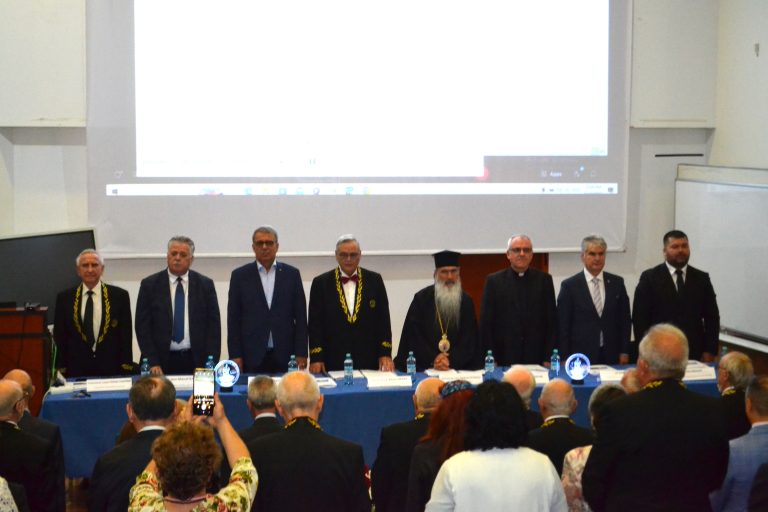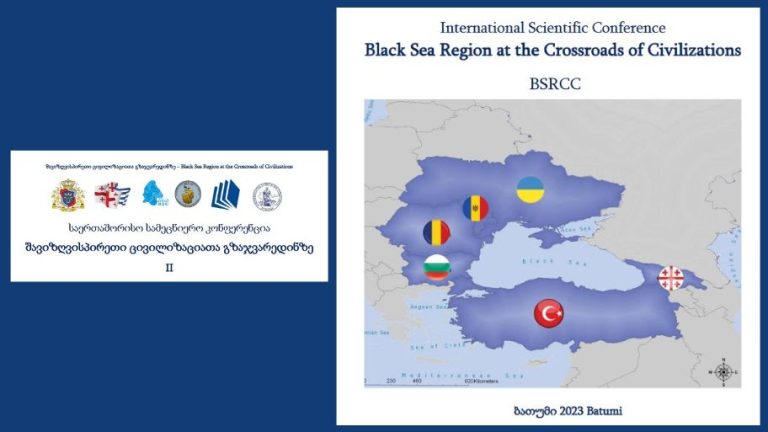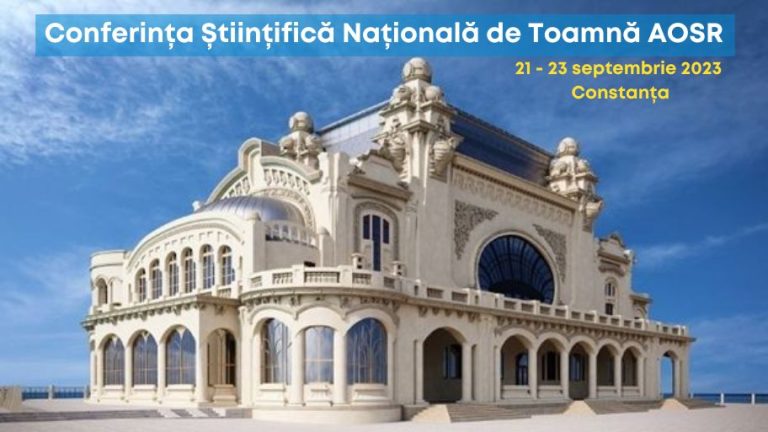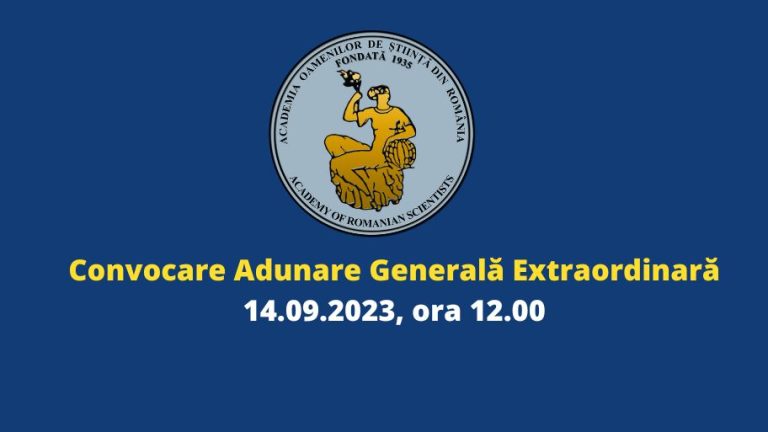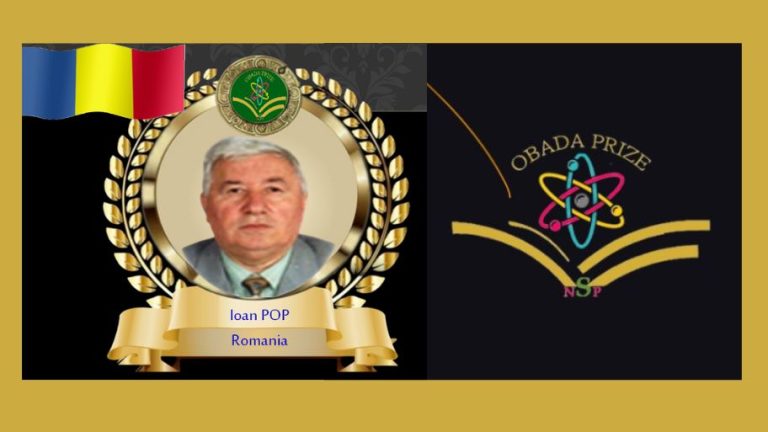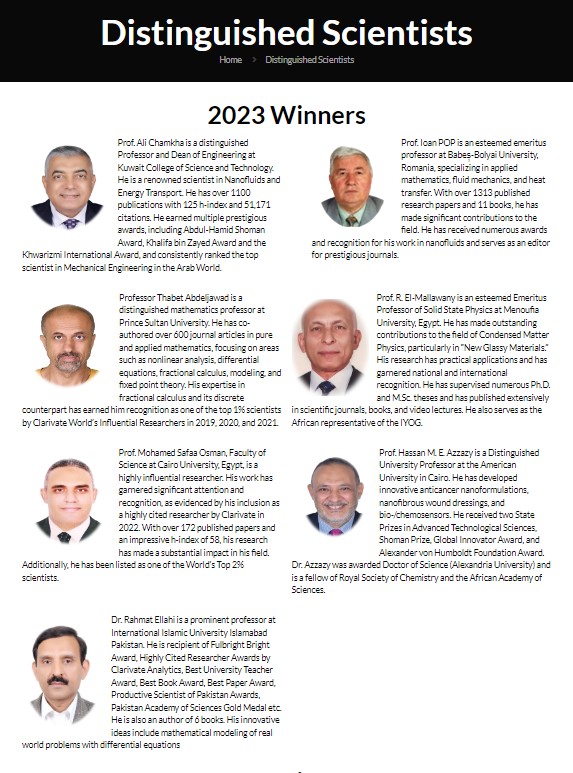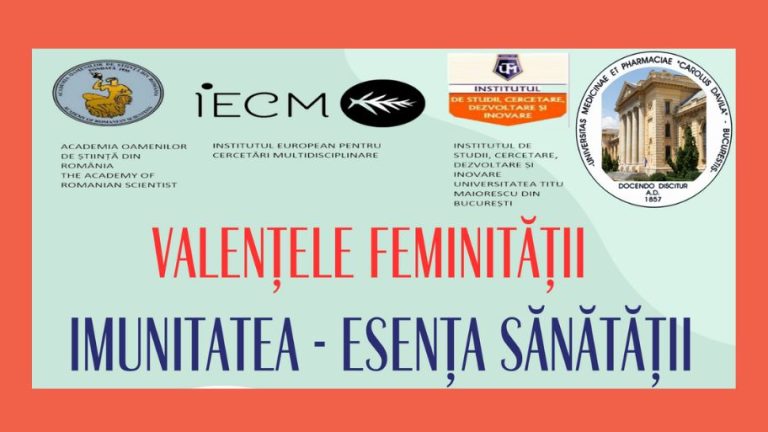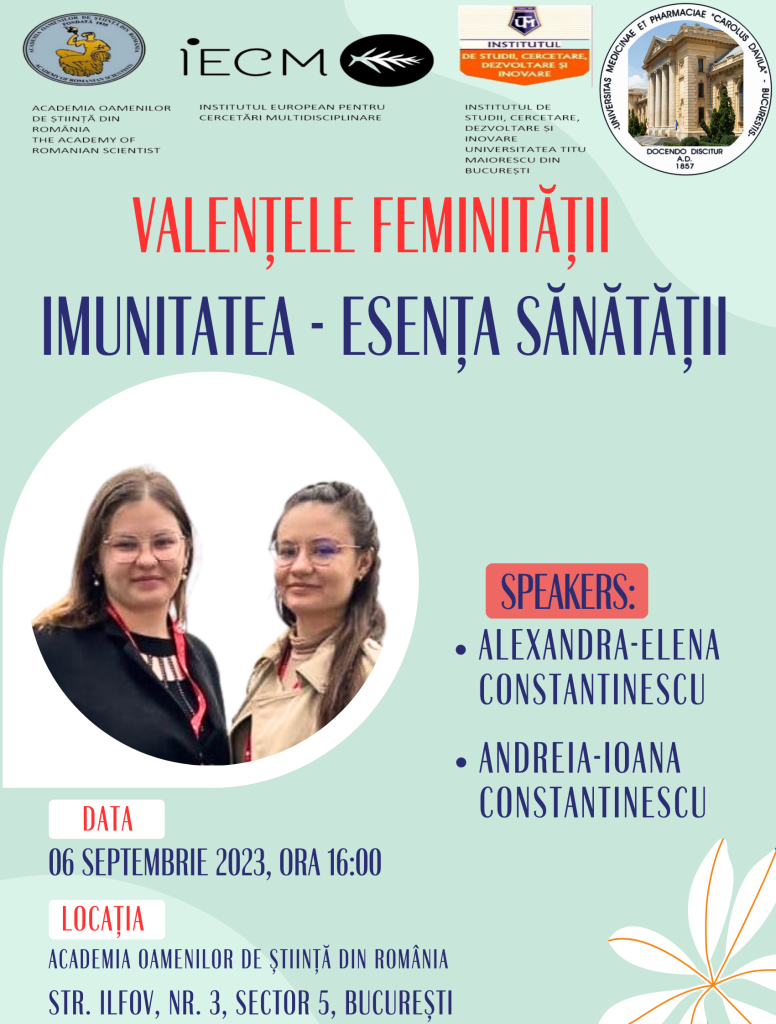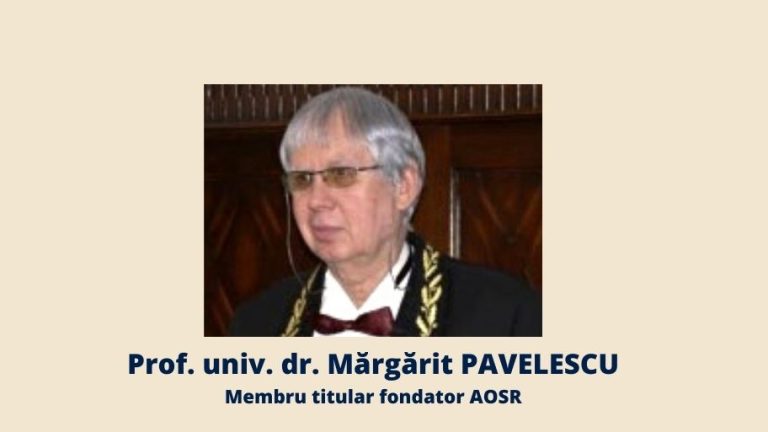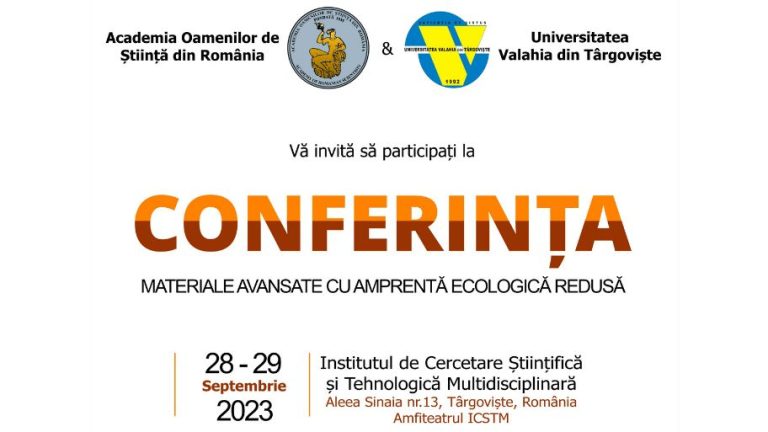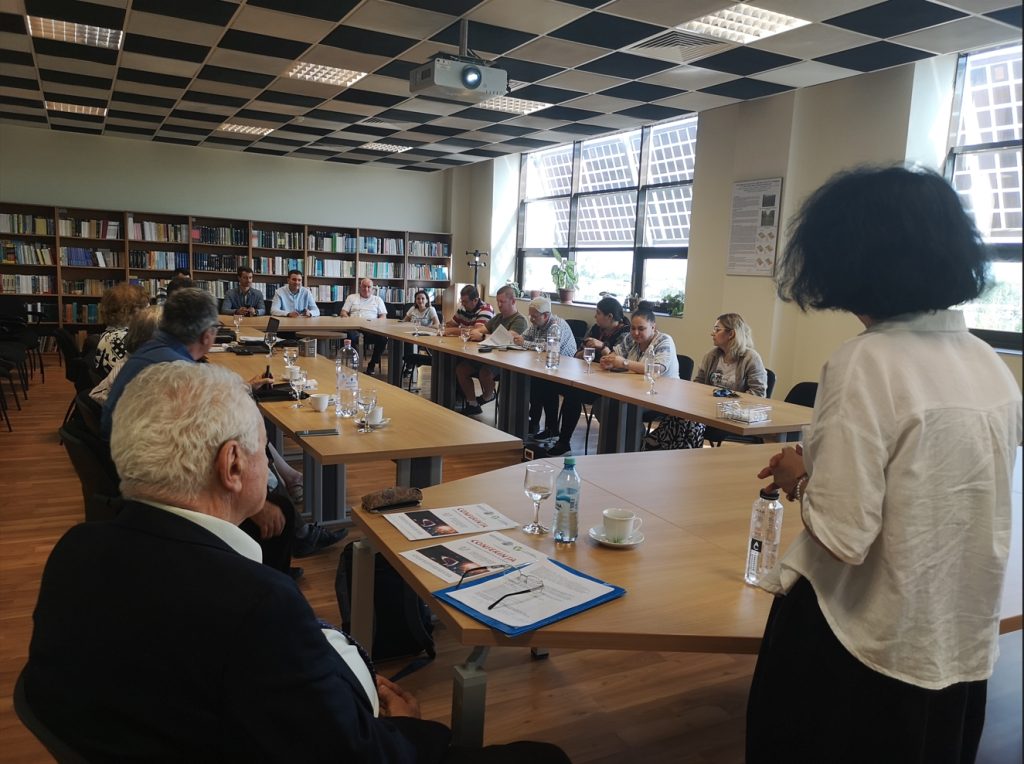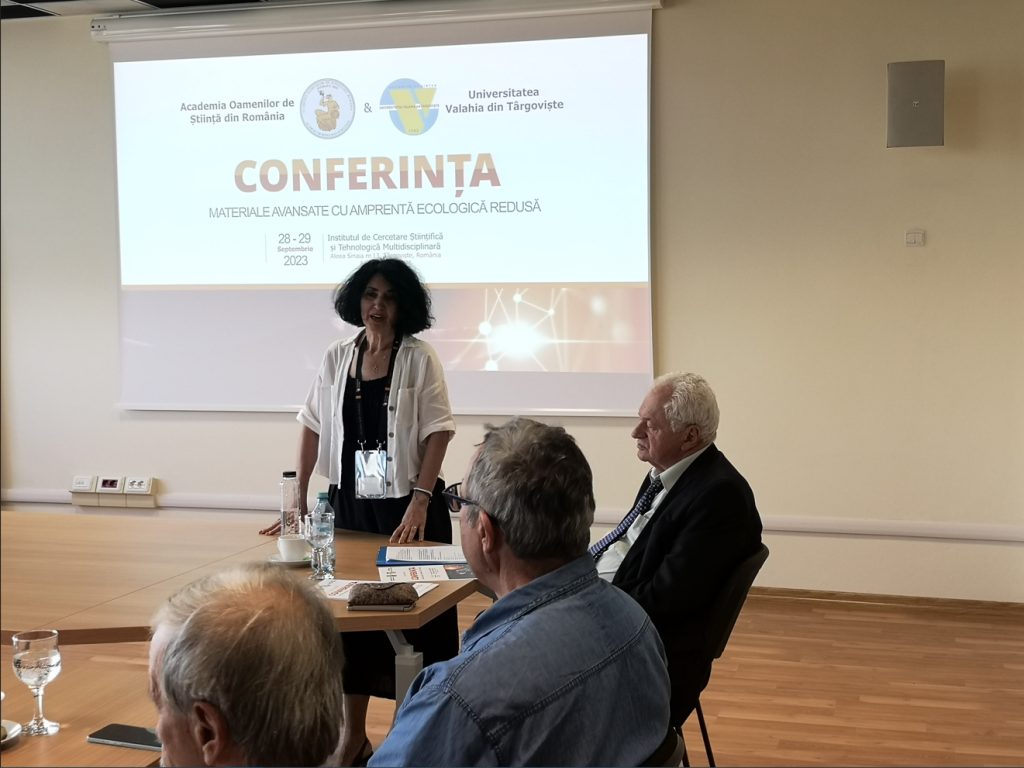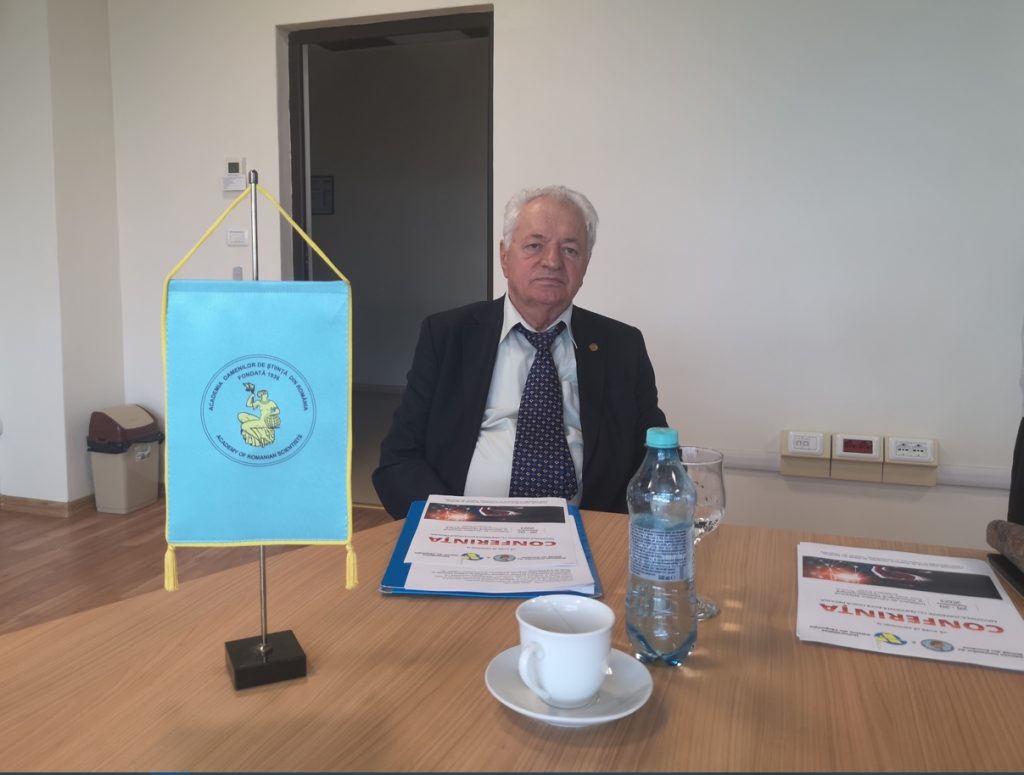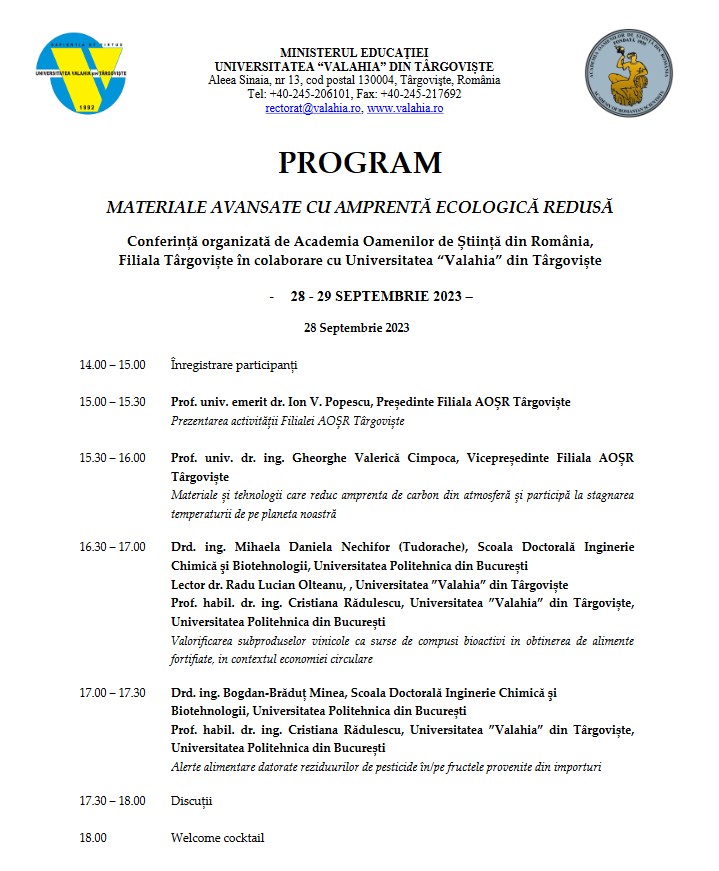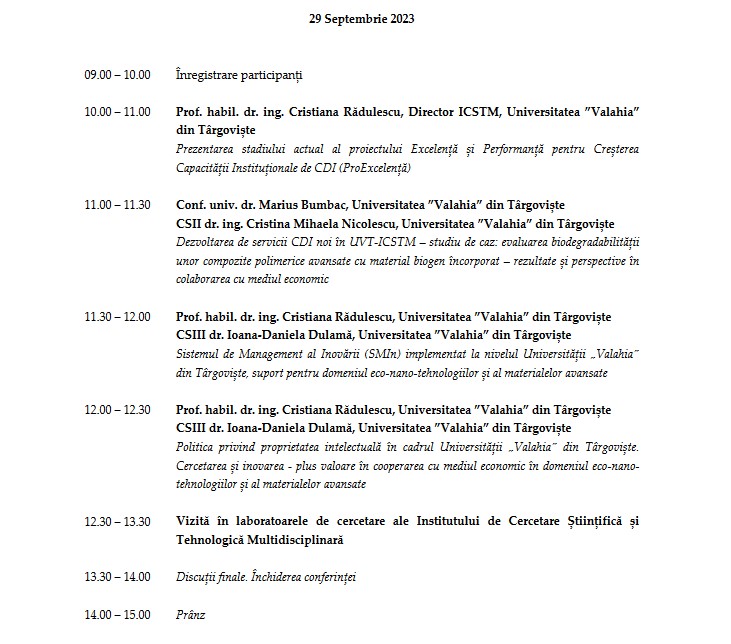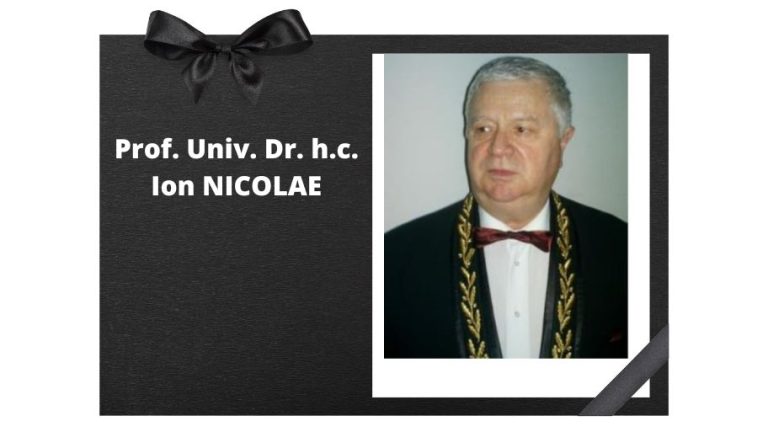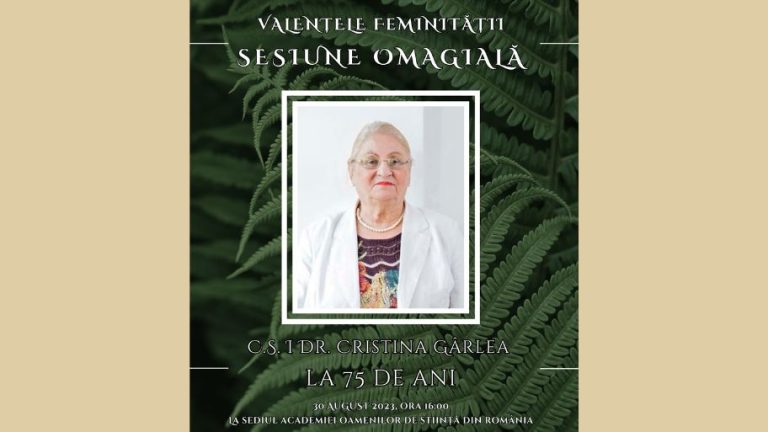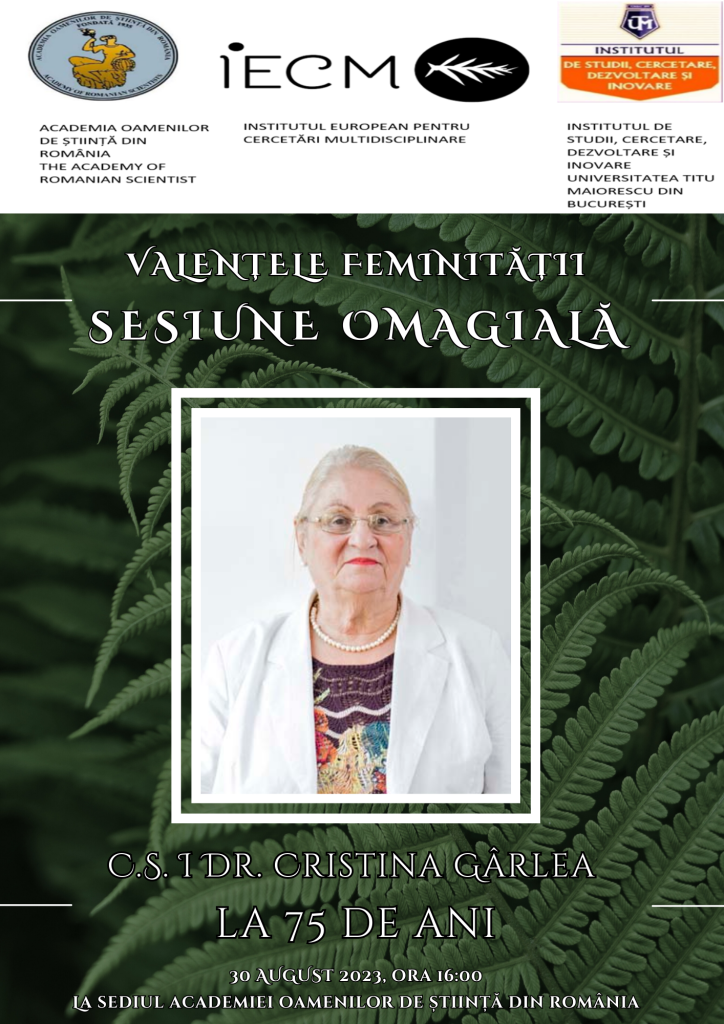On 21-23 September 2023, the 34th National Scientific Autumn Conference of the Academy of Romanian Scientists took place. The conference, under the title “Science for a Healthy Society”, was organised by AOSR and the University “Ovidius” and took place on the University Campus.
The event was opened on 21 September, starting at 10 am, in Aula B of the University “Ovidius”, in the presence of a select audience, consisting of members of the academic body and guests, personalities of Romanian science and research. The Opening Session was chaired by: Prof. univ. dr. eng. Adrian Badea, President of AOSR, Prof. Dr. Victor Ciupină, President of AOSR Constanta Branch, Conf. Dr. Dan Marcel Iliescu, rector of “Ovidius” University, Prof. Dr. Eng. Vergil Chițac, Mayor of Constanța, His Eminence Theodosie, Archbishop of Tomis and Constanței, Refi Ergun, religious counsellor at the Muftiate of the Muslim Cult in Romania, Ieronim Iacob, parish priest, Episcopal Vicar for Dobrogea, Ali Șenol, sub-prefect of Constanței. At the opening of the event, the members of the presidium delivered speeches, in which they underlined, from the perspective of their own academic or administrative status, the importance of the AOSR Autumn Scientific Conference as a prestigious scientific event of the Romanian academic space, its role as a polarizing factor of creativity and originality in the fields of science and research, its condition as an elite environment for scientific communication, dialogue of ideas and knowledge transfer under the sign of excellence and competitiveness.
After the Opening Session of the Conference, the Extraordinary General Assembly of the Academy of Romanian Scientists took place. During the meeting, the Rules of Organisation and Functioning of the AOSR were unanimously approved. Also approved were the promotion of Prof. Viorel Jinga, Rector of UMF “Carol Davila”, to Full Member of AOSR and the confirmation of the Presidents of AOSR branches: Prof. Dr. Ing. Nicolae Țăranu in Iași and Prof. Dr. Ion V. Popescu in Targoviste.
This was followed by the Plenary Session, where a series of papers were presented on fundamental topics covering a variety of areas of scientific interest and knowledge. The plenary presentations were: Professions of the future, Prof. Dr. Ecaterina Andronescu; Earth’s magnetic field. Mankind’s cosmic shield, Academician Prof. univ. dr. Crișan Demetrescu; The role of digital culture hubs in raising the quality of life, Prof. univ. dr. eng. Doina Banciu, Vice-President of AOSR and Director General of the Institute for Advanced Interdisciplinary Research “Constantin Angelescu”; Biodiversity trends on Earth. The role of navigation in the progress of society in the context of biodiversity conservation, Prof. univ. dr. Adrian Bavaru, Conf. Ovidiu Cupșa; “One-Health” concept between theory and practice, Prof. Sorin Rugină; Agroforestry – one of the shields against climate change. Crops easily adaptable to climate changeDr. Ing. Gheorghe Albu, Dr. eng. Dumitru Manole.
On the second and third days, in the amphitheatres of “Ovidius” University, the Communications by sections were held: Mathematics and Geonomic Sciences, Physics, Engineering Sciences, Information Science and Technology, Biology, Medicine, Agricultural Sciences, Veterinary and Environmental Sciences, Economic, Legal and Sociological Sciences, Military Sciences, History, Philosophy, Theology and Psychology. There were a total of 173 plenary and section papers covering fundamental and cutting-edge areas of science and knowledge. Based on laborious research processes, synchronised with the latest developments in the field, the participating papers represent valuable contributions to the progress of science and knowledge. These will be published in the Proceedings volume of the Conference, which, given the quality and value of the studies, will remain a reference title in the literature. The volume of abstracts can be consulted
HERE
During the Autumn Scientific Conference, the President of the Academy of Romanian Scientists, Prof. Dr. Ing. Adrian Badea, said: “Our Academy’s Autumn Scientific Conference brought together a consistent participation, a diversity of fields and themes, with complex and interesting papers based on elaborate scientific research. I can say that this new event bearing the AOSR logo, a logo that has become a true brand of academic excellence and performance, represents an important success, being a new valuable contribution of the Academy of Romanian Scientists to the progress of knowledge. Development through knowledge is our strategic objective at institutional level and is underpinned by elite events such as the Constanta Conference, our research programmes and projects, the encouragement and support of young researchers, and the funding of their best projects. Crucially, in defining and situating the institution, results must speak for themselves. Given the value our members and their work in the fields of science and research, recognized by the number of citations and by their performance at international level, I consider, without being subjective, that the Academy of Romanian Scientists has a significant contribution, of high performance, under the sign of academic excellence and competitiveness, to the process of development of Romanian education, research and science and, in general, to the development of Romania through knowledge.”
Communication and Public Relations Office of the Academy of Romanian Scientists
(Contact: comunicare.aosr@gmail.com )
Bucharest, 26.09.2023


